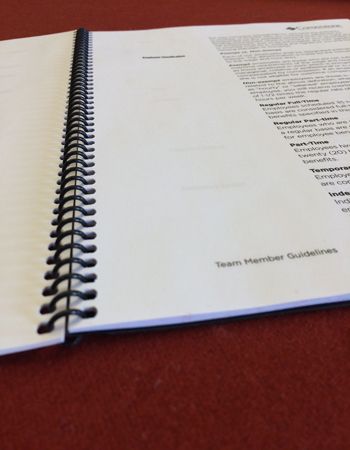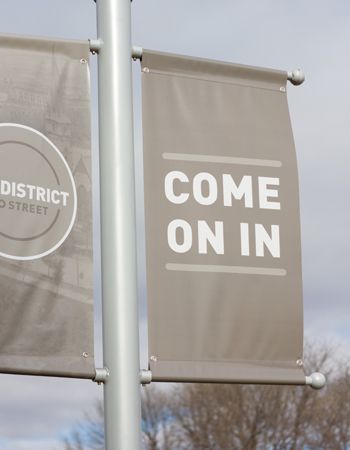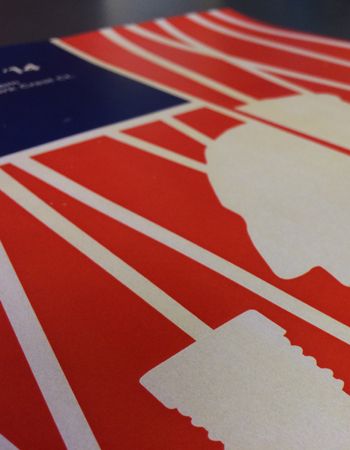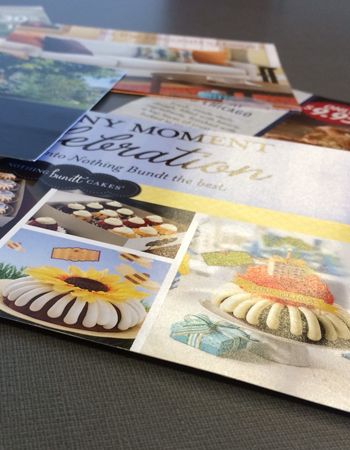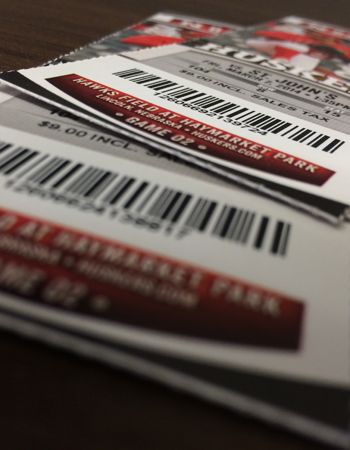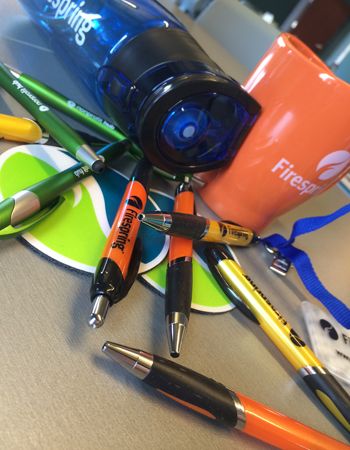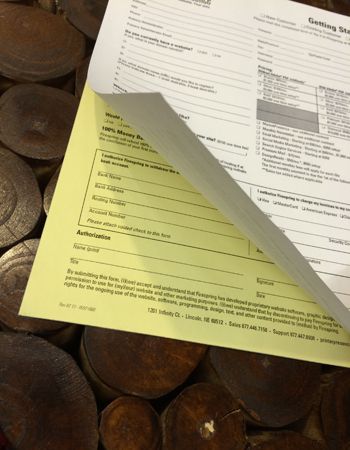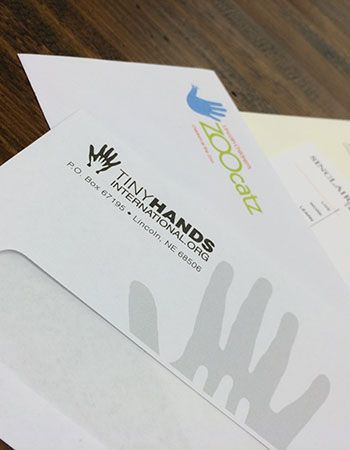Envelope Printing
A Brief History of the Envelope
The history of envelopes can be dated back to around 3500 to 3200 B.C. Paper envelopes were developed in China, and prior to 1845, hand-made envelopes were all that were available for use.
Today we have a wide range of sizes and different types of envelopes for different uses.
Commerical envelopes
The most common type of envelopes used today are commercial and window envelopes. These types of envelopes are used for business and personal uses including letterheads, invoices, statements, stationary, direct market mailing, etc. Window envelopes are used when the address of the recipient is on the printed piece that is inserted into the envelope and shows through the window.
Invitation and Announcement envelopes
These types of envelopes are used for invitations of weddings, graduations, promotional pieces, etc. The most common used sizes of these types of envelopes is the A6 and A7 which is used as the outgoing envelope. The A2 size is used mostly for a reply envelope. The difference between the announcement and the baronial envelopes is the flap on the back of the envelope. The announcements have more of a squared styled flap and the baronial has a pointed diagonal flap. Also the sizes of these envelopes can come as machine insertable envelopes. Machine insertable envelopes are those manufactured to accept insertion on automated machines. These are usually made with rounded corners and two side seams to avoid jams. A variety of colors are popular for these types of envelopes and can be found at envelopemall.com
Remittance envelopes
Remittance envelopes are envelopes that are ideal for mail order or general remittance applications such as church tithes or donations for fundraising. These envelopes also can have a lot of information printed on them to request the donations and sometimes they also have a perfed flap that you can fill in the requested information, tear off and send back with the donation in the same envelope. These are called two way remittance envelopes and are mailed out. A one way remittance envelope is usually included in a mailing or handed out to fill in the information and give back.
Booklet and Catalog envelopes
Booklet and Catalog envelopes are used for bigger or bulkier pieces such as multiple statements, presentation folders, half page brochures, etc. The difference between the booklet and a catalog envelope is the opening. The booklet envelopes have the flap on the longer side of the envelope. This style is popular for sending brochures, announcements, statements and photos. The catalog envelope is also called an open end envelope and have the flap on the shorter side of the envelope. These are great for catalogs, calendars, photos and artwork.
Response or reply envelopes
Courtesy reply and business reply envelopes are type of envelopes used for billing purposes or postage purposes. These are put into an outgoing envelope and request a response by sending information back into one of these two types of envelopes. The courtesy reply envelope requires your customer to pay the postage before mailing the reply back to you. The business reply envelope allows a mailer to distribute pre-printed First-Class Mail and Priority Mail reply pieces to customers. The mailer, not the customer, pays the return postage.
Specialty envelopes
We've just scratched the surface for the many other types of envelopes out there. There are a variety of materials such as latex or tyvek envelopes that provide extra durability. There are envelopes that can be sealed by peeling a release liner, appropriately called "peel and stick envelopes." Coin envelopes, tithe envelopes for churches and the list goes on. If you have a need, there is probably an envelope to fill it.
Like we said, an envelope is the first impression. However, letterhead can be the lasting impression. Let us know how we can help you and we’ll roll up our sleeves and get to work.

